
Alasan Kenapa Kamu Harus Nonton Anime Shuffle! Sub Indo
Bagi para penggemar anime, menemukan anime baru yang menarik dan menghibur bisa jadi seperti mencari harta karun. Namun, [...]

Bagi para penggemar anime, menemukan anime baru yang menarik dan menghibur bisa jadi seperti mencari harta karun. Namun, [...]

Bagi para penggemar anime, menemukan anime baru yang menarik dan menghibur bisa jadi seperti mencari harta karun. Namun, [...]
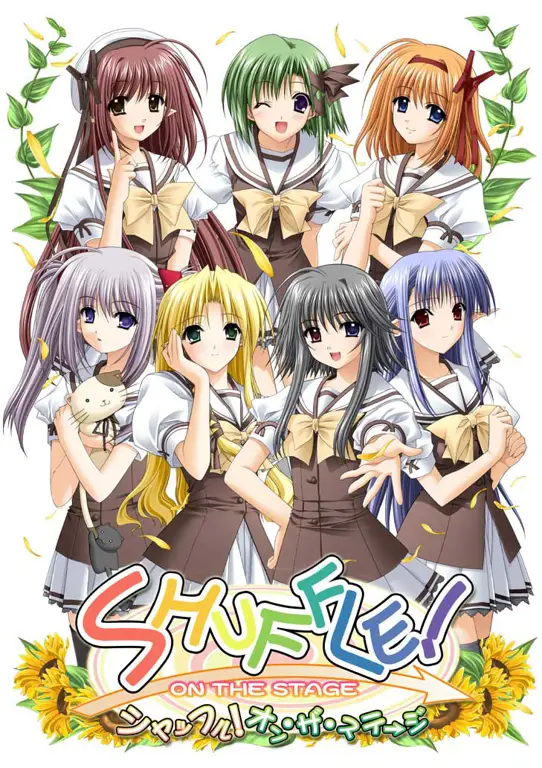
Bagi para penggemar anime bergenre romansa komedi dengan sentuhan supranatural, Shuffle! pasti sudah tak asing lagi. Ani [...]

Bagi para penggemar anime, menemukan situs yang menyediakan link download anime Shuffle! Sub Indo dengan cepat dan aman [...]

Bagi para penggemar anime, menemukan situs atau platform yang tepat untuk menonton anime kesayangan, khususnya dengan su [...]
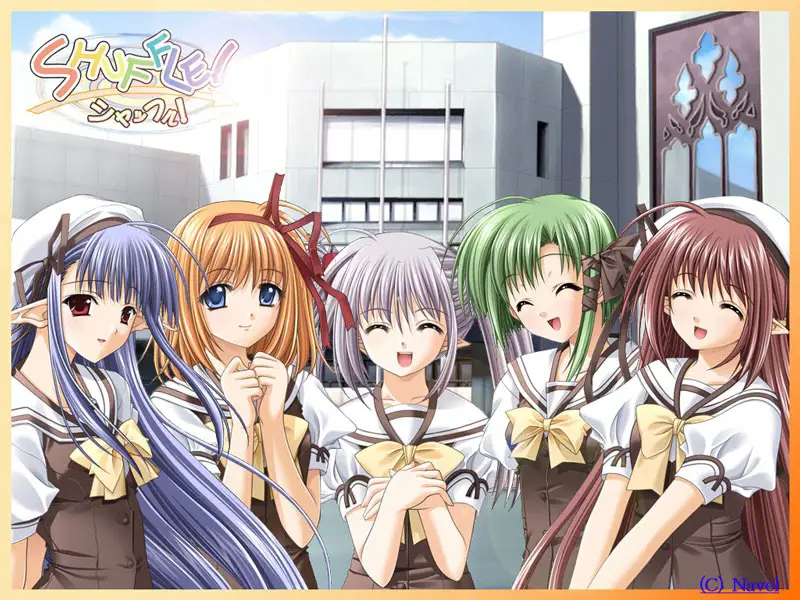
Bagi para penggemar anime, menemukan situs nonton anime Shuffle! sub Indo yang terbaik dan terpercaya tentu menjadi hal [...]
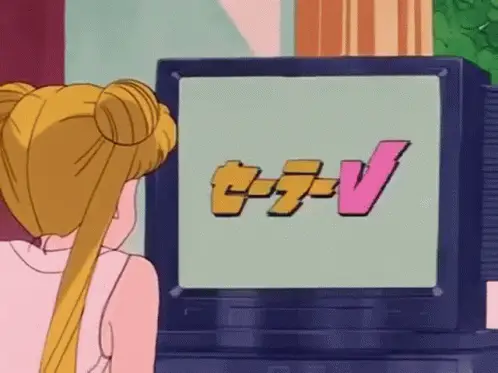
Bagi para penggemar anime, menemukan tempat yang tepat untuk menonton anime favorit dengan subtitle Indonesia (sub Indo) [...]
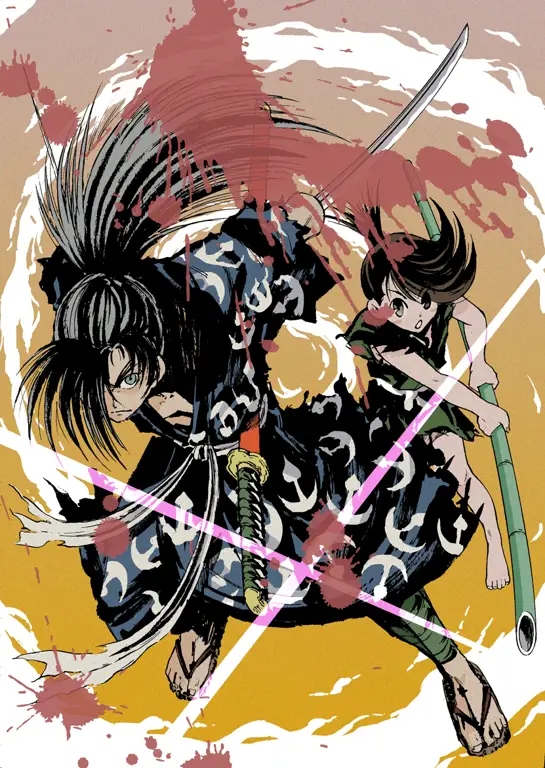
Bagi para penggemar anime, judul Dororo mungkin sudah tidak asing lagi. Anime yang diadaptasi dari manga karya Osamu Tez [...]
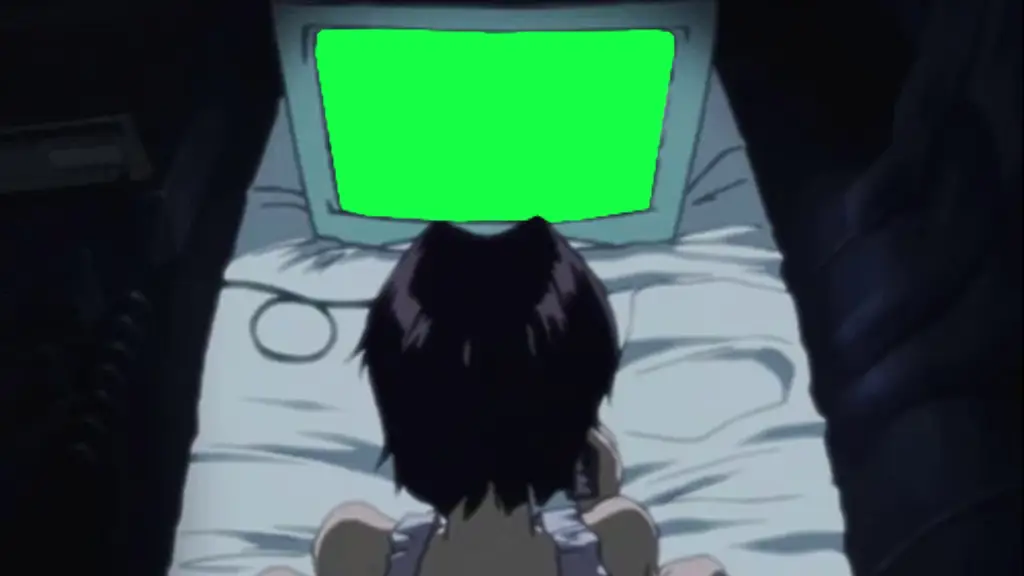
Bagi para penggemar anime Jepang, menemukan situs streaming yang aman, legal, dan menyediakan pilihan anime yang lengkap [...]
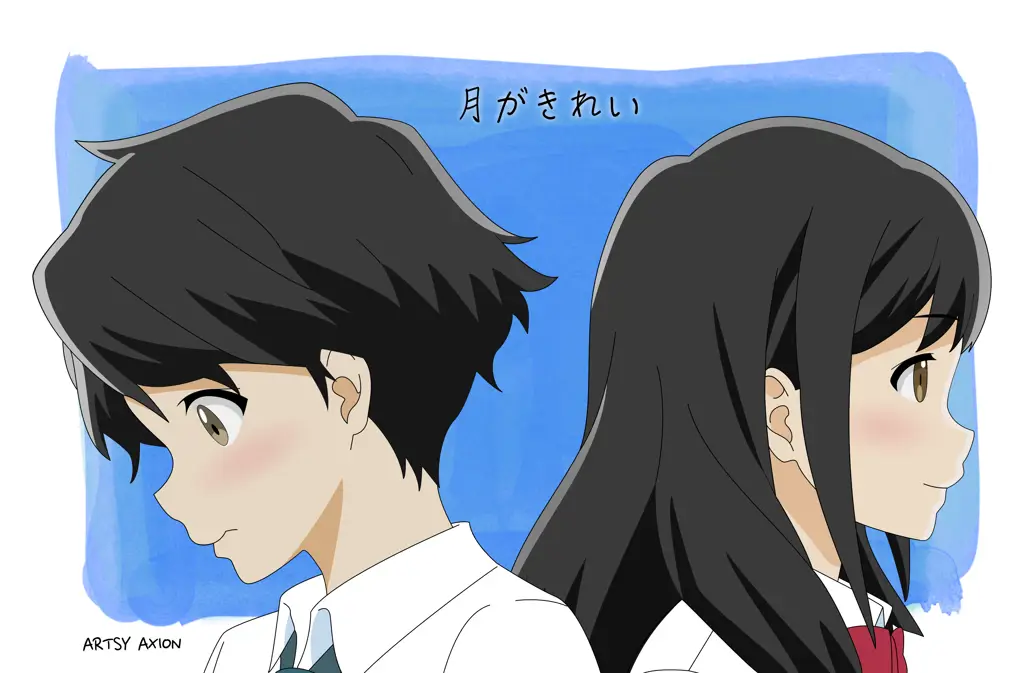
Bagi para penggemar anime romantis, menemukan anime yang mampu menyentuh hati dan meninggalkan kesan mendalam tentu menj [...]

Bagi para penggemar anime, menemukan seri yang mampu mengaduk emosi dan meninggalkan kesan mendalam tentu menjadi hal ya [...]

Bagi para penggemar anime, menemukan seri yang mampu mengaduk emosi dan meninggalkan kesan mendalam tentu menjadi hal ya [...]
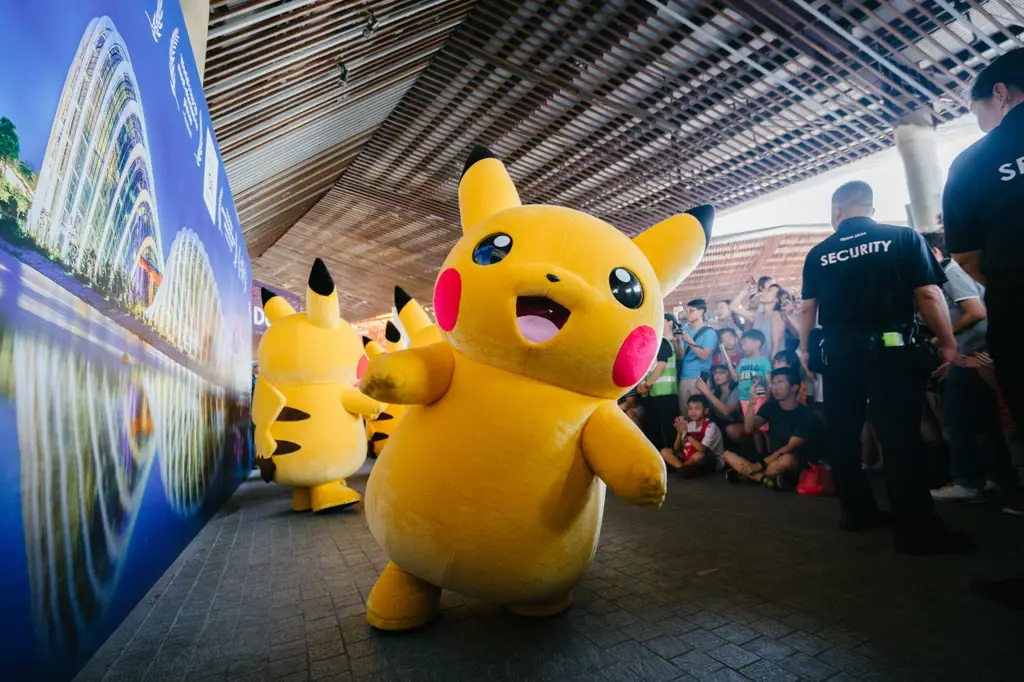
Pecinta anime di Indonesia pasti selalu mencari aplikasi terbaik untuk menonton anime sub Indo. Mencari apk buat nonton [...]
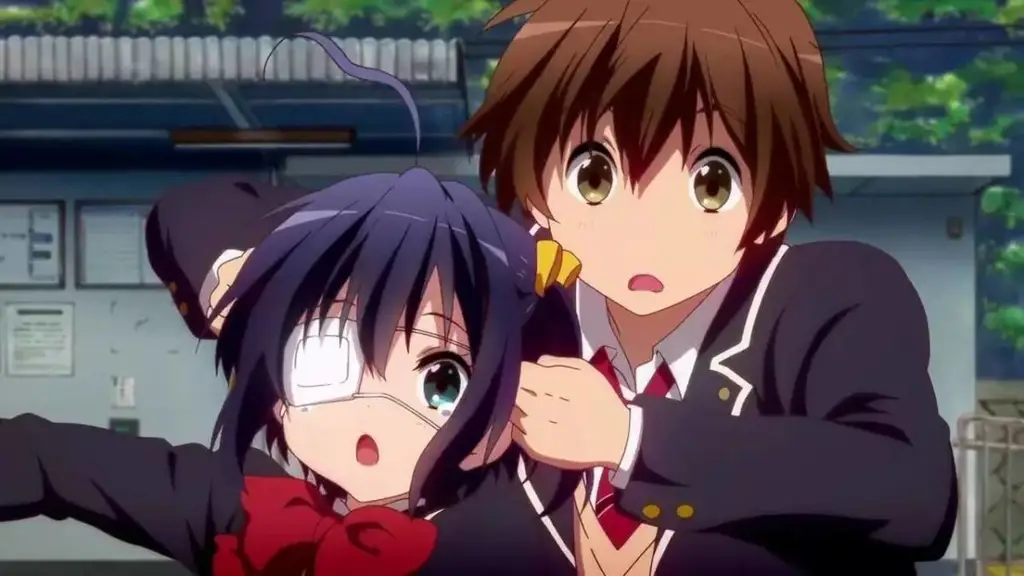
Bagi para penggemar anime, genre harem tentu sudah tidak asing lagi. Genre ini terkenal dengan banyaknya karakter peremp [...]

Mencari situs nonton bokep anime terbaik dan terlengkap? Di dunia maya yang luas ini, menemukan platform yang aman, anda [...]
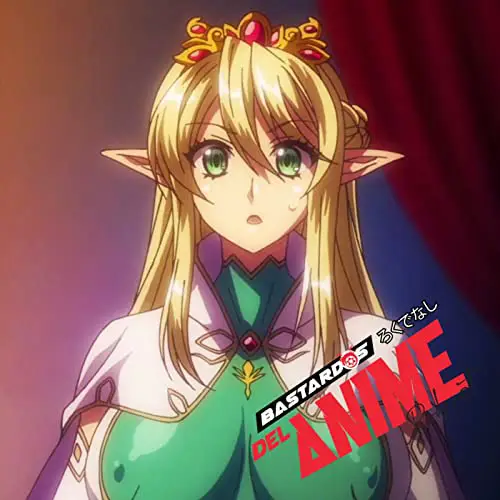
Pecinta anime bergenre fantasy dengan sentuhan kyonyuu? Anda berada di tempat yang tepat! Artikel ini akan mengulas 10 s [...]

Para penggemar anime Naruto, pasti sudah tidak asing lagi dengan petualangan seru sang ninja dari Konoha ini. Mencari we [...]
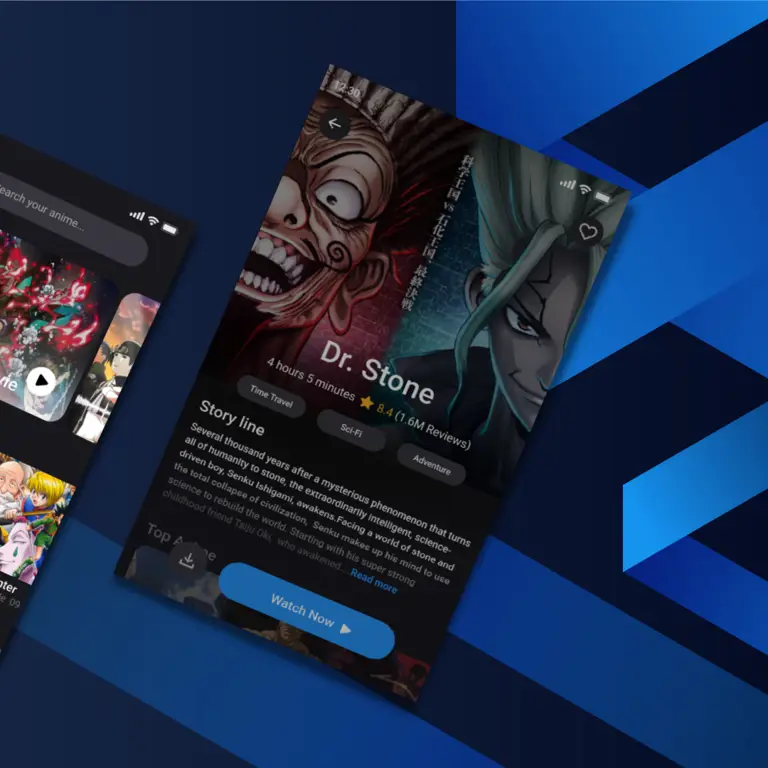
Pecinta anime di Indonesia pasti selalu mencari situs nonton anime online sub Indo terbaik dan terupdate. Dengan banyakn [...]

Pecinta anime Pokemon pasti selalu mencari tempat nonton anime Pokemon terbaik dan terlengkap. Anime ini telah menghibur [...]
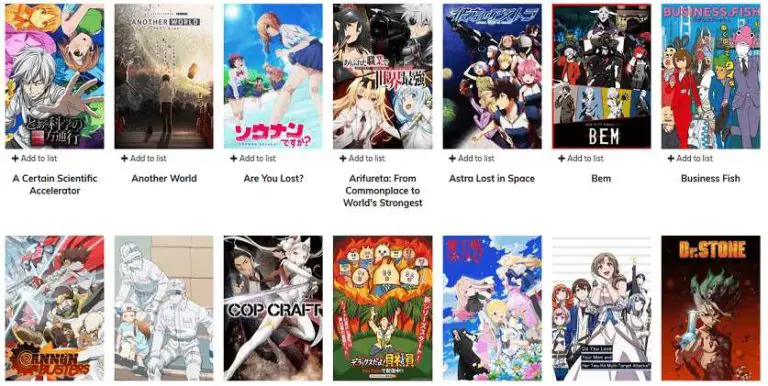
Pecinta anime di Indonesia pasti selalu mencari tempat nonton anime sub Indo terlengkap dan terbaik. Menonton anime deng [...]

Bagi para penggemar anime, menemukan situs nonton anime terbaik dan terlengkap adalah sebuah kebutuhan. Dunia anime begi [...]